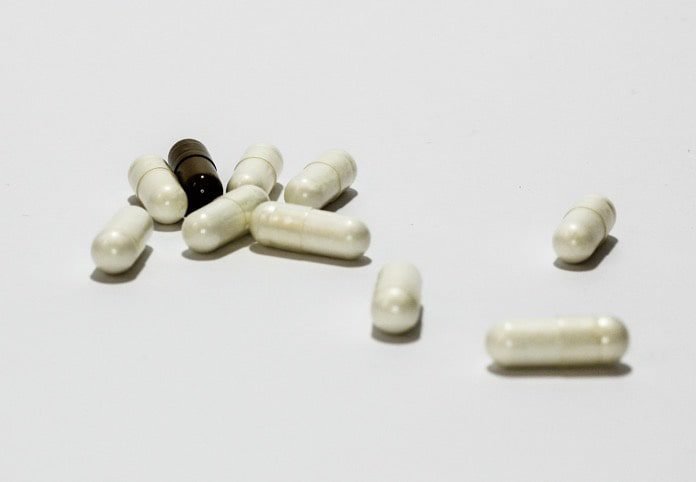While there are no attention deficit hyperactivity disorder (ADHD) treatments, this wording is interchangeably used to describe ADHD methods of management. One such method is the use of medications. Researchers examined existing research to determine which medication offers the most management of symptoms and are tolerable in children, adolescents, and adults.
Attention deficit hyperactivity disorder (ADHD) is a neurodiversity condition which results in hyperactivity, impulsivity, and the inability to focus. It affects children but can continue into adolescence and adulthood affecting more males than females.
ADHD management options
ADHD management options typically include medication, therapy, or both. ADHD medications can be psychostimulants, which increase attention, or non-psychostimulants which promote attention or the reduction of heart rate and blood pressure, providing a sedative-like effect. Published research has analyzed the effects of such medications in only adults, or in adolescents and children, but not in all three groups together.
In a recent article published in The Lancet, researchers compared the various medications to determine which is the most effective and tolerable treatment for ADHD. The researchers searched 14 online databases including MEDLINE and PubMed using a combination of words including one word relating to ADHD, such as ADHD, hyperactive, inattentive etc., and the name of a medication used to treat ADHD.
To be included in the study, the articles had to be double-blind, randomised control trials lasting at least one week, and needed to be focused on the effects of
- guanfacine,
- bupropion,
- clonidine,
- modafinil,
- atomoxetine,
- amphetamines,
- methylphenidate,
- and lisdexamfetamine.
After excluding articles that did not meet inclusion criteria, there were 133 studies comprised of 14,346 children and 10,296 adults.
ADHD medication comparisons
In children and adolescents, all medications alleviated the symptoms of ADHD better than the placebo. However, amphetamines worked better than guanfacine, and methylphenidate worked better than atomoxetine. Lisdexfetamine was shown to be less effective than other amphetamines. Reports from the parents of children with ADHD showed they felt guanfacine and bupropion did not alleviate their child’s symptoms better than the placebo. Furthermore, guanfacine and amphetamines were not well tolerated when compared to the placebo.
Among adults, modafinil was the only medication that did not treat ADHD symptoms better than the placebo. Atomoxetine, bupropion, and methylphenidate worked better than modafinil. The adults also felt that bupropion did not treat their symptoms better than the placebo. Interestingly, lisdexfetamine was more effective compared to other amphetamines. In terms of tolerability, the placebo was more tolerated than methylphenidate, amphetamines, modafinil and atomoxetine.
Findings align with guidelines on ADHD symptom management
The results of the study align with guidelines on ADHD medications for symptom management but the research was not without limitations. The majority of the studies analyzed only looked at the effects of medications in the short term (at approximately three months). Therefore, more research is needed on how the medications affect patients with extended use.
References
- Cortese S, Adamo N, Del Giovane C, et al. Comparative efficacy and tolerability of medications for attention-deficit hyperactivity disorder in children, adolescents, and adults: a systematic review and network meta-analysis. Lancet Psychiatry. 2018;5(9):727-738. doi:10.1016/S2215-0366(18)30269-4
- Attention-deficit/hyperactivity disorder. National Institute of Mental Health. 2016. https://www.nimh.nih.gov/health/topics/attention-deficit-hyperactivity-disorder-adhd.



